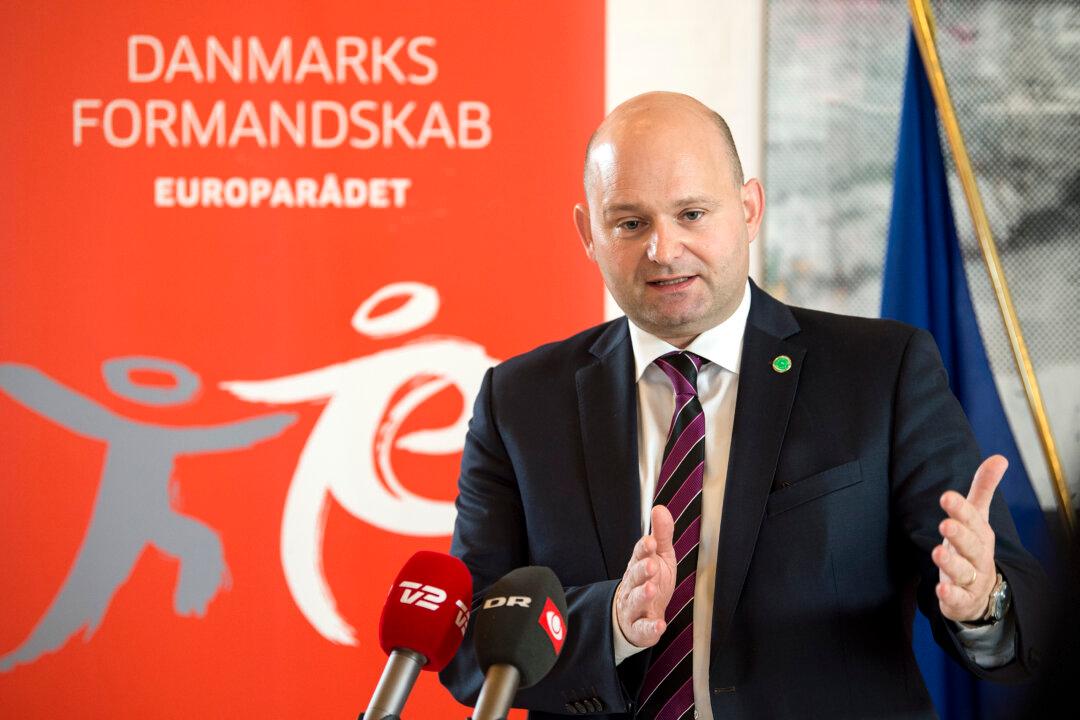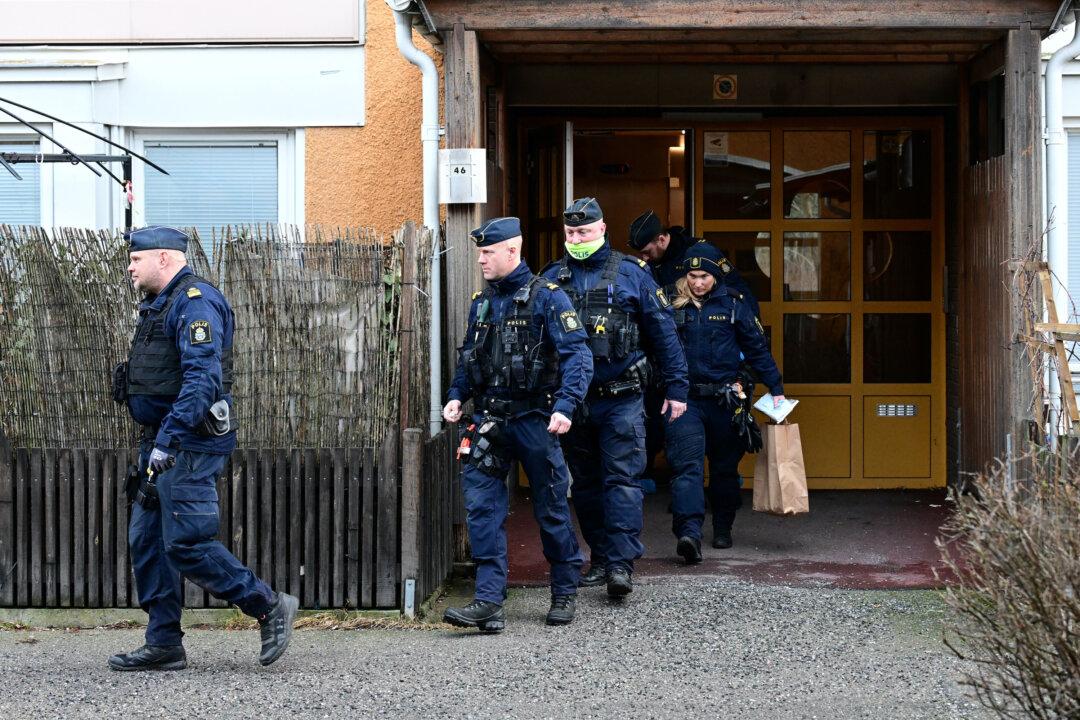STOCKHOLM—The Danish government is planning to build a secure center on a small island for housing criminal migrants and other people without resident status who can’t be legally deported.
The plan, which was presented Nov. 30, means that a new “departure center” will be established on the island of Lindholm, which has only three permanent residents, and is currently the home of a veterinary research facility for testing animal viruses. Since the island is accessible only by ferry, these tested viruses aren’t easily spread to the mainland. Now, this restricted accessibility will instead be used to contain potentially troublesome migrants.




